For non-boating experts, it may be a surprise to learn that boats don’t have to make that seasickness-inducing roll anymore! Maximizing stability has both practical and comfort benefits: it’s safer and more pleasant for all onboard, whether you happen to be hauling in fishing nets, patrolling heavy seas or drinking champagne on a luxury yacht.
Calming the seas with Seakeeper and the power of CAN
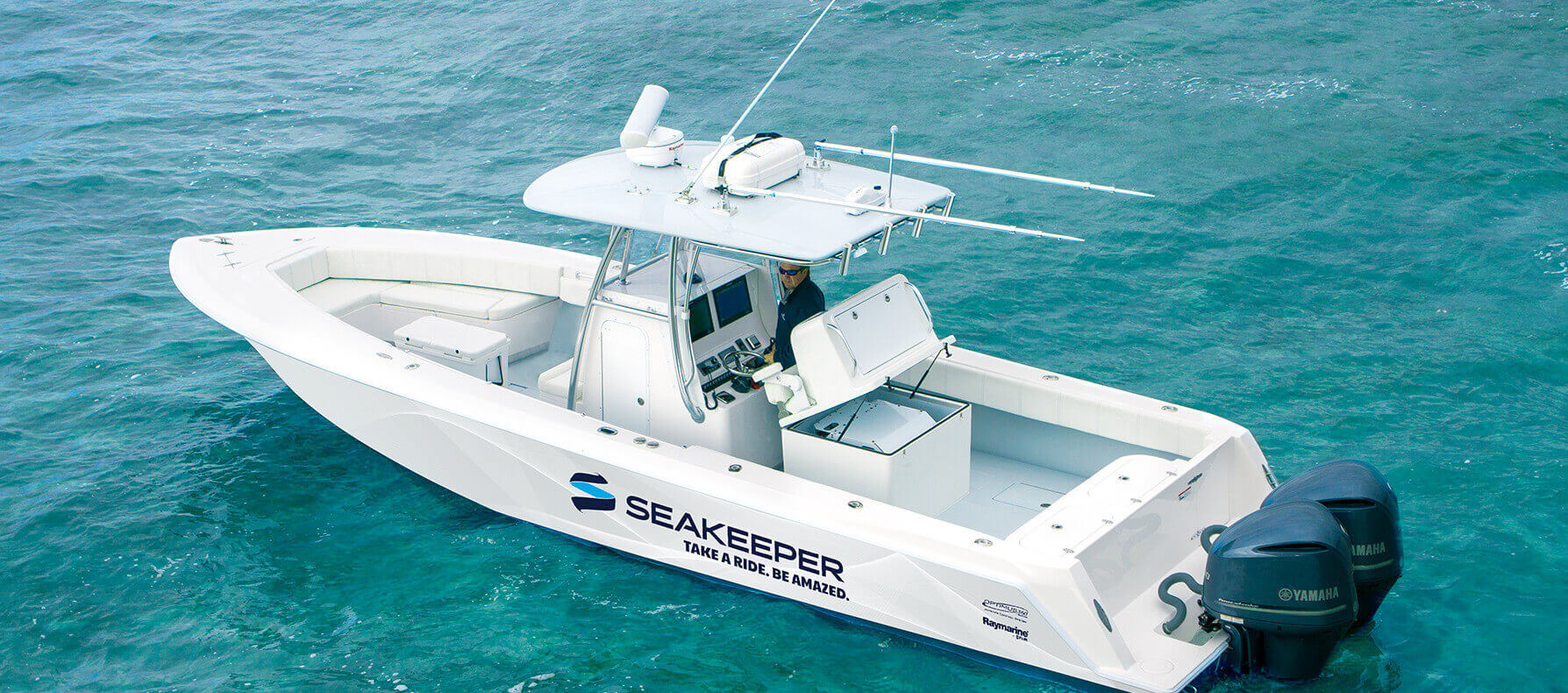
The traditional ‘anti-roll’ solution is a set of movable fins that sit externally at either side of the keel. Whether fixed or retractable, these angled fins generate a corrective hydrodynamic force that opposes the rolling force of the waves. The solution is speed dependent, with specification requiring that fin size is balanced with the projected cruising speed.
A relatively new kid on the block is Seakeeper’s gyro stabilizer – a calm-inducing combined hardware and software system that can be installed virtually anywhere on the boat, because it requires no external equipment outside the hull. A gyro stabilizer works by spinning a flywheel inside an enclosure at high speed, creating an inertial force forward and aft that counteracts the side to side roll. A major selling point is that it will work at any speed, even when the boat is stationary.
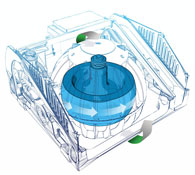
Seakeeper has developed a particularly sophisticated anti-roll gyro that eliminates up to 95% of boat roll on vessels 27 ft. and up. A unique feature is its vacuum-sealed enclosure, which protects the gyro’s flywheel, bearings and motor from the marine environment and facilitates a smaller, lighter and less power-consuming design. Seakeeper’s solution uses the CAN bus to coordinate a distributed control system.
“We started using Kvaser because they are compatible with the calibration tools that we use for software programming and testing. From there, we found they were useful, rugged and cost effective to use in our production process and during our extensive testing programs. Kvaser’s interfaces have proved to be rugged and reliable in harsh environments, where there is regular exposure to salt water, high shock loads and temperature extremes.”
Among the attributes that set Seakeeper’s gyro apart from competitor solutions is its ‘smart’ nature, whereby it automatically gauges variables including sea state and boat speed, then optimizes performance quasi-instantaneously. Explaining CAN’s role in the Seakeeper control system, Bob Lawrie, Director of Advanced Projects at Seakeeper Inc.: “We use the CAN bus to coordinate various sensor readings and actuator outputs to optimize stabilization. Our CAN network has a system controller, an IMU (which senses boat motion), a drive (which powers the motor that spins the flywheel), and a user interface display. We also have a second, electrically-isolated CAN bus located in the user interface display that allows replication of the user interface functions on larger display screens.”
During control system development and testing, Seakeeper used a combination of the Kvaser Leaf Light Rugged and Kvaser USBcan Light 2xHS to connect to their calibration tools. Recounts Lawrie: “As a calibration tool interface, these provide access to all data needed to monitor and log data, adjust calibration parameters and optimize the control system. We also use the Kvaser interfaces to log data to proprietary software during our final assembly test qualifications and to program the controllers on the CAN bus during production and for software updates in the field.”
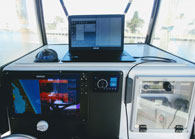
Sea trials are a key part of Seakeeper’s test procedures, enabling Kvaser to provide high levels of value add to the firm’s validation processes. According to Lawrie: “We started using Kvaser because they are compatible with the calibration tools that we use for software programming and testing. From there, we found they were useful, rugged and cost effective to use in our production process and during our extensive testing programs. Kvaser’s interfaces have proved to be rugged and reliable in harsh environments, where there is regular exposure to salt water, high shock loads and temperature extremes.” Seakeeper also uses Kvaser’s free CANKing software for traffic analysis and sending messages during development.
Seakeeper caters to vessels from 7 up to 100 tons (the size of a small cargo ship or tug boat). Larger vessels can be fitted with multiple units to achieve optimal results. While the system’s sophistication may result in a higher initial investment cost compared to a traditional fin stabilizer, the benefits include increased stabilization at zero speed and reduced drag which improves top speed, fuel consumption and range. The upkeep costs of a gyro are potentially also lower than an external fin as there’s no risk of snagging on marine detritus or seaweed, or damage from grounding when operating in shallow waters.
CAN has been the mechanism by which a host of electronic devices connect to each other via a central, high reliability backbone to control complex electro-mechanical systems. The addition of a Seakeeper to the list of marine control systems is welcome news to any mariner who takes time to find their sea legs!

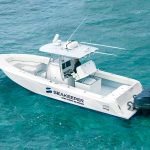
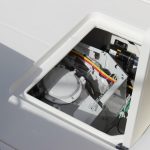
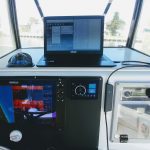
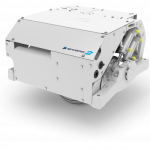
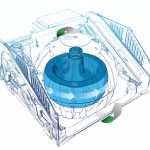
 youku
youku